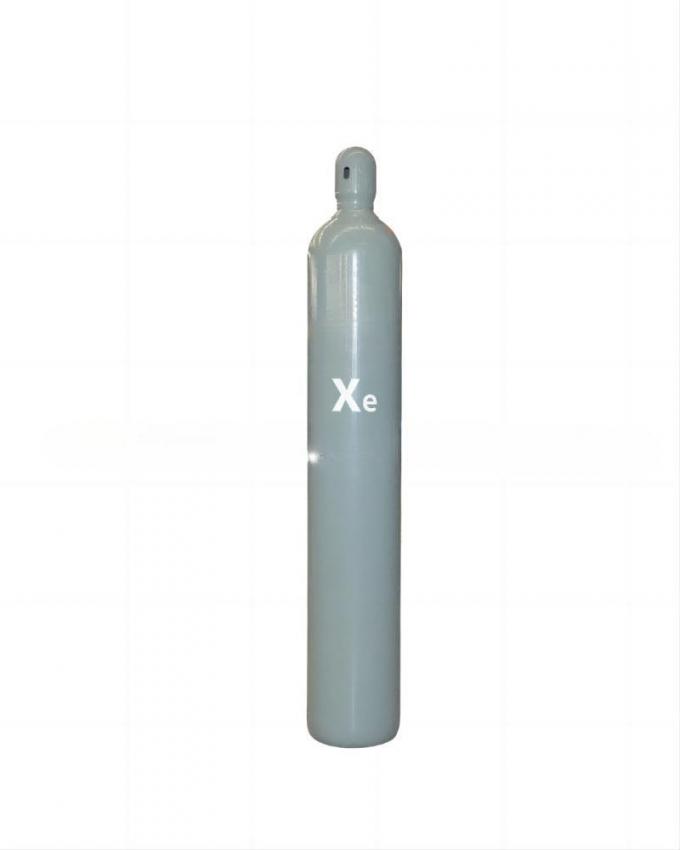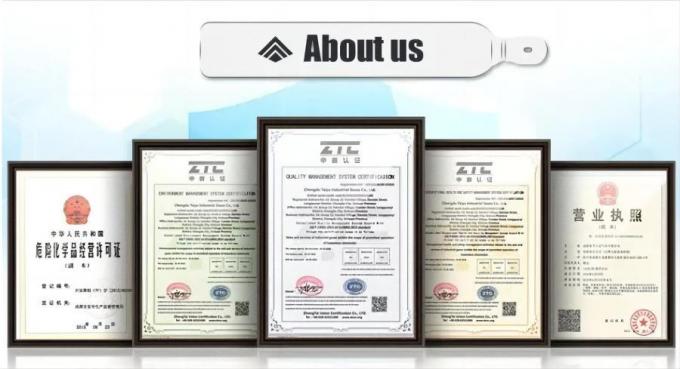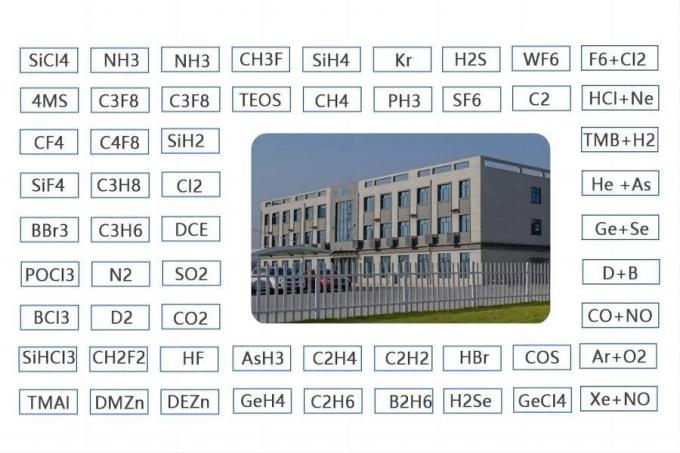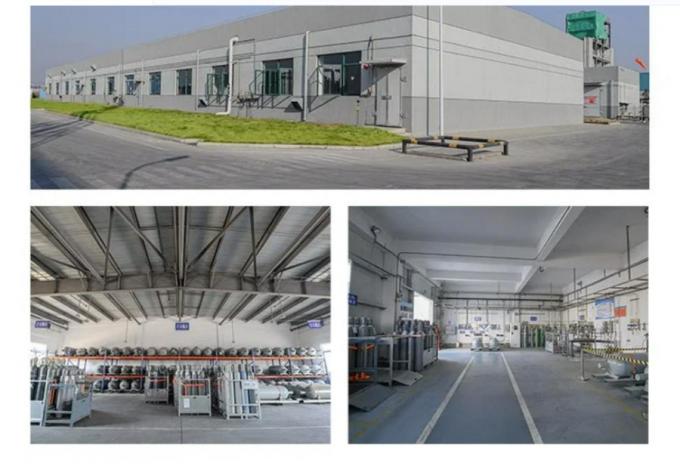


| MOQ: | 1kg |
| Price: | US $ 9.5/kg |
| Standard Packaging: | Cylinder/Tank |
| Delivery Period: | 15 days |
| Payment Method: | L/C, T/T |
| Supply Capacity: | 20000 Tons/Year |
Xenon is a chemical element with the symbol Xe and atomic number 54. It belongs to the noble gases group on the periodic table. Xenon is a colorless, odorless, and dense gas that occurs naturally in trace amounts in the Earth's atmosphere.
Here are some key characteristics and uses of xenon gas:
Density and Stability: Xenon is a heavy gas, about five times denser than air. It is chemically stable and non-reactive under normal conditions.
Lighting: Xenon gas is commonly used in specialized lighting applications. When an electric current is passed through xenon, it emits a bright, white light. This property makes it useful in xenon arc lamps, which are used in movie projectors, high-intensity discharge (HID) lamps, and some photographic flashes.
Medical Uses: Xenon has applications in medicine, particularly in anesthesia. It can be used as an anesthetic agent, either alone or in combination with other gases, due to its low solubility in blood and tissues. Xenon anesthesia is considered to be safer than other anesthetics because it has minimal effects on the cardiovascular and respiratory systems.
Nuclear Energy: Xenon is produced as a byproduct in nuclear reactors and is used in nuclear energy applications. It acts as a coolant and a neutron absorber in certain types of reactors.
Research and Development: Xenon gas is used in various research and development applications. It is employed in gas-discharge lamps for spectroscopy, in plasma physics experiments, and as a target for nuclear reactions.
Lighting and Display Technology: Xenon is also used in certain specialized lighting and display technologies, such as xenon flash lamps used in high-speed photography, strobe lights, and some types of plasma and LED displays.
It's worth noting that while xenon gas has several important applications, it is relatively rare and expensive compared to other gases. Its uses are often limited to specialized and specific applications rather than widespread usage.

|
Product Name
|
Xenon
|
|
Molecular Formula
|
Xe
|
|
CAS
|
7440-63-3
|
|
EINECS No.
|
231-172-7
|
|
Grade
|
Electron Grade, Industrial Grade
|
|
Place Of Origin
|
Jiangsu, China
|
|
Purity
|
99.999%-
99.9999%- |
|
Hazard Class
|
2.2
|
|
Molecular Weight
|
131.29
|
|
UN
|
2036
|
|
Boiling Point(ºC)
|
(-108.13°C)
|
|
Packing Detail
|
Cylinder: 50L(DOT) Valve:CGA580
|





| MOQ: | 1kg |
| Price: | US $ 9.5/kg |
| Standard Packaging: | Cylinder/Tank |
| Delivery Period: | 15 days |
| Payment Method: | L/C, T/T |
| Supply Capacity: | 20000 Tons/Year |
Xenon is a chemical element with the symbol Xe and atomic number 54. It belongs to the noble gases group on the periodic table. Xenon is a colorless, odorless, and dense gas that occurs naturally in trace amounts in the Earth's atmosphere.
Here are some key characteristics and uses of xenon gas:
Density and Stability: Xenon is a heavy gas, about five times denser than air. It is chemically stable and non-reactive under normal conditions.
Lighting: Xenon gas is commonly used in specialized lighting applications. When an electric current is passed through xenon, it emits a bright, white light. This property makes it useful in xenon arc lamps, which are used in movie projectors, high-intensity discharge (HID) lamps, and some photographic flashes.
Medical Uses: Xenon has applications in medicine, particularly in anesthesia. It can be used as an anesthetic agent, either alone or in combination with other gases, due to its low solubility in blood and tissues. Xenon anesthesia is considered to be safer than other anesthetics because it has minimal effects on the cardiovascular and respiratory systems.
Nuclear Energy: Xenon is produced as a byproduct in nuclear reactors and is used in nuclear energy applications. It acts as a coolant and a neutron absorber in certain types of reactors.
Research and Development: Xenon gas is used in various research and development applications. It is employed in gas-discharge lamps for spectroscopy, in plasma physics experiments, and as a target for nuclear reactions.
Lighting and Display Technology: Xenon is also used in certain specialized lighting and display technologies, such as xenon flash lamps used in high-speed photography, strobe lights, and some types of plasma and LED displays.
It's worth noting that while xenon gas has several important applications, it is relatively rare and expensive compared to other gases. Its uses are often limited to specialized and specific applications rather than widespread usage.

|
Product Name
|
Xenon
|
|
Molecular Formula
|
Xe
|
|
CAS
|
7440-63-3
|
|
EINECS No.
|
231-172-7
|
|
Grade
|
Electron Grade, Industrial Grade
|
|
Place Of Origin
|
Jiangsu, China
|
|
Purity
|
99.999%-
99.9999%- |
|
Hazard Class
|
2.2
|
|
Molecular Weight
|
131.29
|
|
UN
|
2036
|
|
Boiling Point(ºC)
|
(-108.13°C)
|
|
Packing Detail
|
Cylinder: 50L(DOT) Valve:CGA580
|



